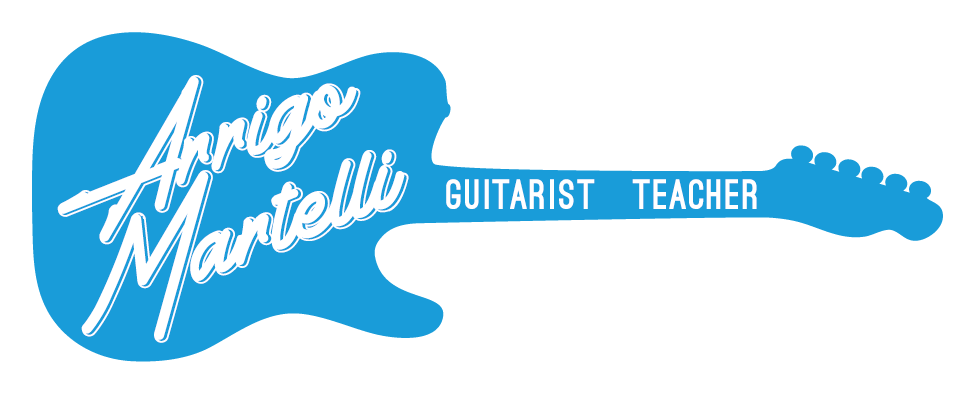Since 2020 I’ve been part of Musicnotes “Signature Artists” program, which features unique sheet music arrangements from prominent artists and YouTube musicians. I’m thrilled to be part of this program, which has proved to be a fantastic outlet for my creativity and music inspiration: here you can find my sheet music arrangements for the guitar.
In music, transcribing is the act of converting audio data into a readable format: this can mean notating a song or a music piece which was previously not transcribed, as well as learning guitar licks and solos by ear. Transcribing is certainly not an easy or quick process (but it does get easier with time): it takes dedication, desire to learn, practice and time. While I’m not going to define a step by-step process to learn the most effective way to transcribe music, I’d like to stress the importance that this practice can have in improving your overall musicianship and listening skills.
Simply put, transcribing is a wonderful way to explore music, learn new things about your favorite guitarists. It’s almost as if you could slow down time and get access to a world of details and nuances that was always there, only, you could not see it. Making the connection between the music you hear and what it looks like on the page can vastly improve your overall musicianship, as the process of figuring out a solo by ear will force you to hear intervals, chords and articulation of a solo, and eventually help you internalize them. This opened a new horizon to me and I really can’t recommend enough that you try it too.
If transcribing is new to you, it is advisable to start with simple, familiar songs: you might want to first understand the chord progression in a song and learn how to write a lead sheet before trying to notate the intricate meanderings of Edward Van Halen’s playing on Eruption. As you may imagine, transcribing benefits from a good understanding of the guitar and the fretboard logic, but it also has a lot to do with training your ear, and that requires time and patience. A few tips:
- If you like transcribing and want to get serious about it, please, do yourself a favor and purchase a copy of the seventhstring “Transcribe” software. I can not recommend it enough, it’s a great software with lots of helpful features that make the process of transcribing a breeze;
- once you’ve found the right song to start with, ask yourself the following questions:
1. Where’s the beat? Can you feel the 1?
2. What’s the time signature?
3. Is the song you picked in a major or minor key?
4. What’s the root of the scale (or the tonic of the key)?
5. What are the accompanying chords? - Finally, you might discover that you actually enjoy transcribing music… but if you don’t know how to turn the information into a standard notation format you’re still only halfway there. And since you’re at it, you might as well learn to write music in a professional way. Sibelius and Finale are great notation software programs, but there are also other options, such as the free, open source, Musescore software.

